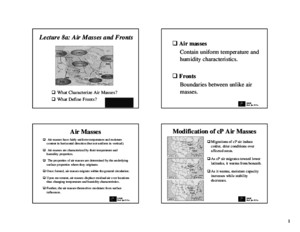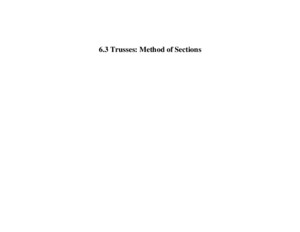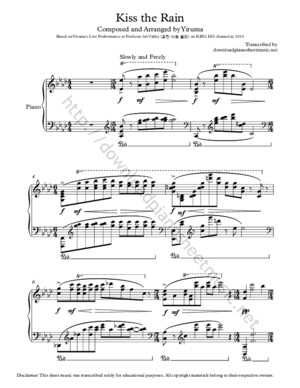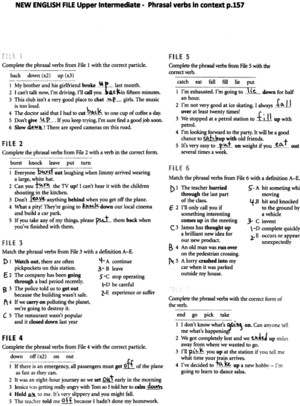Air masses and fronts
There is document - Air masses and fronts available here for reading and downloading. Use the download button below or simple online reader.
The file extension - PDF and ranks to the Education category.
Tags
Related
Comments
Log in to leave a message!
Description
Download Air masses and fronts
Transcripts
1 Air masses and fronts 2 • Weather patterns resulting from movements of large bodies of air called air masses • An air mass is a huge body of air that has similar temperatures and amounts of moisture at any given altitude • Due to its size, it may take several days for an air mass to move over an area • This causes us to experience fairly constant weather, often called air-mass weather 3 • When an air mass moves out of a region it carries temperature and moisture conditions with it • As it moves, the characteristics of an air mass change and so does the weather in the area over which the air mass moves 4 Example: A cold, dry air mass from northern Canada moves southward The initial temperature of the air mass is -46°C It warms 13°C by the time it reaches Winnipeg The air mass continues to warm as it moves south through the Great Plains and into Mexico Through its journey, the air mass warms, but still brings with it some of the coldest winter weather to the places in its path 5 What are the four types of air masses? Maritime Tropical Maritime Polar Continental Tropical Continental Polar 6 • The area over which an air mass gets its characteristic properties of temperature and moisture is called its source region • Air masses are named according to their source region – Polar (P) air masses form at high altitudes towards Earth’s poles • Polar air masses are cold – Air masses that form at low latitudes are tropical (T) air masses • Tropical air masses are warm 7 • Air masses are also classified according to the surface over which they form • Continental (c) air masses form over land – Are likely to be dry • Maritime (m) air masses form over water – Are likely to be humid 8 Classifying Air Masses • Using this classification scheme, there are four basic types of air masses –Continental Polar (cP) = Dry and cool –Continental Tropical (cT) = Dry and warm or hot –Maritime Polar (mP) = humid and cold –Maritime Tropical (mT) = Humid and warm 9 Fronts 10 Fronts • When two air masses meet, they form a front, which is a boundary that separates two air masses • Fronts can form between any two contrasting air masses • Fronts are often associated with some form of precipitation • Fronts are more narrow than air masses 11 Types of Fronts • Fronts are classified according to the temperature of the advancing front • There are four types – Warm – Cold – Stationary – Occluded 12 Warm Fronts 1 Warm Fronts: • Forms when warm air moves into an area previously covered by cool air 13 Warm Front • Produce light to moderate precipitation over a large area for an extended period • A gradual increase in temperature • A wind shift from the east to the southwest 14 Cold Front 2 Cold Fronts: • cold, dense air moves into a region occupied by warmer air • more violent weather associated with a cold front 15 Cold Front • Heavy downpours and gusty winds • Once the cold front passes, temperatures drop and wind shifts • The weather behind a cold front is dominated by a cold air mass, so, the weather clears soon after it passes 16 Stationary Front 3 Stationary Fronts: • Surface position of the front does not move, and a stationary front forms – The flow of air on either side of a front is neither toward the cold air mass nor toward the warm air mass – Parallel to the line of the front • Sometimes, gentle to moderate precipitation occurs along a stationary front 17 Occluded Front 4 Occluded Front: • When an active cold front overtakes a warm front • Advancing cold air wedges the warm front upward • The weather associated with an occluded front is generally complex
Recommended















